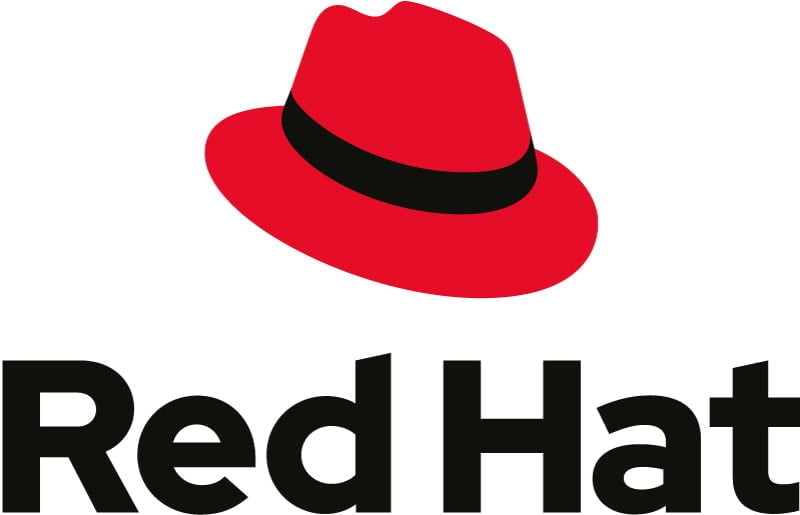Safeguarding Digital Sovereignty With Open Source


Progressive companies today see openness and open source as necessary success factors, as they offer great agility and support rapid innovation. In principle, open source as a basis for corporate and working environments increases flexibility and responsiveness to changing market conditions. It also makes it possible to maintain digital sovereignty and be more resistant to external economic or political influence. Companies and public institutions can therefore act independently of individual manufacturers or geopolitical developments. Many current examples show that digital sovereignty has now become a strategic priority.
One solution has proven itself. The necessary flexibility and independence are achieved primarily through five components that have characterized open source and an open corporate culture for decades: Transparency, inclusivity, adaptability, collaboration and a sense of community.
Transparency: Transparency prevails in an open organization. This means that everyone working on a project or initiative has access to all associated materials as standard.
In the area of software, openness and open source mean that companies can check and monitor everything themselves without having to rely on the promises of the providers, for example with regard to code changes that have been made. Open source is particularly important in the field of AI, as it creates the basis for "trustworthy AI", whose guiding principles are explainability, fairness, robustness and controllability of AI models.
Inclusiveness: Open organizations rely on the comprehensive involvement of all participants, taking into account different points of view. This takes account of the fact that good ideas can arise anywhere and that the best ideas should prevail. Only when companies embrace different perspectives can they be sure that they have identified the best ideas. The same applies to the development of open source software.
Adaptability: Open organizations are characterized by flexibility in the implementation of projects as well as continuous commitment and learning. In the case of open source software, for example, flexibility is demonstrated by the fact that open source code is highly modifiable, meaning that it can be used to fix problems that are specific to a company. It can use the code in any way it wishes and rely on the flexibility and support of the community to provide new solutions.
Collaboration: In an open organization, employees work collaboratively right from the start of a project. Those involved act in the conviction that working together leads to better, more effective and more sustainable results. In terms of open source, this open approach means that active communities provide help and resources that go far beyond individual interest groups or companies.
Sense of community: An open organization defines itself as a community. Shared values and overarching goals guide the actions of individuals. This means that different people in communities come together to achieve a common goal. Identical values guide decision-making, and the goals of the community take precedence over individual interests and goals.
Overall, open source is a strategic instrument for safeguarding digital sovereignty, reducing dependencies and promoting innovation and security. It enables companies to position themselves more independently of geopolitical influences or proprietary software providers and thus play an active and collaborative role in shaping technological developments. There are many indications that this has never been more important than it is today.
To the partner entry:





